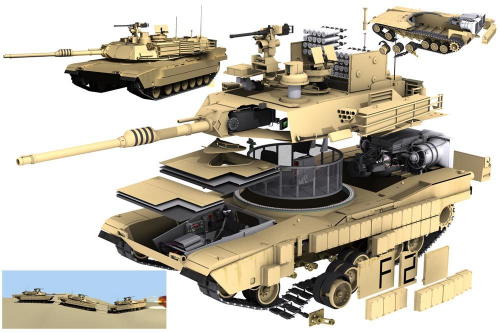- Automotive Showroom
- Naval Power
- Aircraft Hangar
- World War I
- Inter-War Conflicts
- World War II: War on the Western Front
- World War II: War on the Eastern Front
- Blitzkrieg in the East (September 1939 - October 1939)
- The Invasion of Russia (June 1941 - December 1941)
- Kharkov: The Backhand Blow (January 1942 - May 1942)
- The Drive on Stalingrad (June 1942 - February 1943)
- Kursk and Beyond (March 1943 - May 1944)
- Battle for the Crimea (June 1941 - May 1944)
- Operation Bagration (June 1944 - Dec. 1944)
- The Race to Berlin (January 1945 - May 1945)
- WWII: War on the Mediterranean Front
- World War II: War in North Africa
- World War II: War on the Northern Front
- World War II: Battle of the Atlantic
- WWII: The China, Burma, India Theatre
- World War II: War in the Pacific
- The Korean War
- The Vietnam War
- French-Indochina War (Dec. 1946 - August 1954)
- Operation Rolling Thunder (March 1965 - Nov 1968)
- Operation Bolo (January 1967)
- On Yankee Station: Naval Air Power (1965 - 1975)
- Operation Linebacker (May 1972 - October 1972)
- Operation Linebacker II (December 1972)
- "Vietnamization": Exit the US (1972-1975)
- Operation Frequent Wind (April 1975)
- Arab-Israeli Wars
- The Cold War
- The Falklands War
- The Gulf Wars
- NASA Research Support Aircraft
- The Post Cold War Era
- Aeorbatic Aircraft
- Tug, Test, Training and Evaluation Aircraft
- Aggressor Squadrons
- Low Visibility Camouflage Aircraft
- World War II: Aces of the Pacific
- World War II: Aces of the Mediterranean
- World War II: Aces of the Western Front
- World War II: Aces of the Eastern Front
- Aces Over Korea
- Aces Over Vietnam
- Spyplanes and Surveillance Aircraft
- Top Gun/ Red Flag/ Tiger Meet Aircraft
- The Race into Space
- SAC/ ACC/ NORAD/ SRW/ Space Force
- Soviet Frontal Aviation/ Air Defence Forces
- The Russo-Ukrainian War
- Notional (What-if?)Aircraft
- Drone Warfare
- Combat Command Center
- World War I
- Inter-War Conflicts and the Home Front
- World War II: On the Road to War
- World War II: War on the Western Front
- World War II: War on the Eastern Front
- Blitzkrieg in the East (September 1939 - October 1939)
- The Invasion of Russia (June 1941 - December 1941)
- Kharkov: The Backhand Blow (January 1942 - May 1942)
- The Drive on Stalingrad (June 1942 - February 1943)
- Kursk and Beyond (March 1943 - May 1944)
- Battle for the Crimea (June 1941 - May 1944)
- Operation Bagration (June 1944 - Dec. 1944)
- The Race to Berlin (January 1945 - May 1945)
- World War II: War on the Northern Front
- WWII: War on the Mediterranean Front
- World War II: War in North Africa
- World War II: War in the Pacific
- The Korean War
- The Vietnam War
- Arab-Israeli Wars
- The Cold War
- The Gulf Wars
- The Post Cold War Era
- UN Peacekeeping Missions
- Proving Grounds
- Tank Aces
- Air Assault
- Interstellar Warfare





 The interwar period (1918-1939) is understood, within recent Western culture, to be the period between the end of the First World War and the beginning of the Second World War. This is also called the period between the wars or interbellum.
The interwar period (1918-1939) is understood, within recent Western culture, to be the period between the end of the First World War and the beginning of the Second World War. This is also called the period between the wars or interbellum.